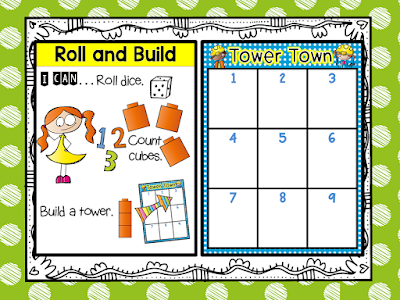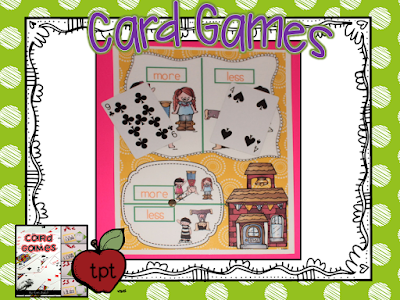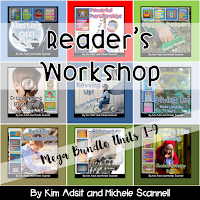
Last week I was working at a school in West Virginia where I have done some previous staff development. So, as I was doing some observations, it was great to see some of the ideas I had shared being implemented. The photo that shows the munchkin with the clip board--is doing the survey center. Here they write their own questions and then they walk around the room and survey their classmates. The middle picture shows the clip behavior system. The clip system isn’t my idea! As a matter of fact, Megan is the one who taught me about it. But I had shared that system with them and was pleased to see it in use. If you want to read more about it, see this post. http://kindergals.blogspot.com/2012/04/watch-out-spring-fever-has-hit-kiddos.html
The stacking drawers are for center storage. I have my class divided into 5 center zones. There is one of these drawers in each zone. So, the kids rotate through the zones, visiting one zone each day. When they finish their “have to” work, they are able to select things from the drawers until center time is over. Here is an earlier post about managing literacy centers.
http://kindergals.blogspot.com/2012/07/literacy-center-management.html
Let me say this….these teachers might have already been doing these activities in their room before I came. I know we can have similar ideas. I just know that I have worked with them in the past and they MIGHT have implemented this idea AFTER the staff development.

We did work on center management and here are two ways that I saw evidence they were “managing those centers”! The photo on the left…The teacher has the colored rectangles attached with Velcro. Each day she moves the color down to know which group will do which activity. The photo on the right…The teacher has five areas set up in her room. Each area has one of these shelves and a stacking tray. Each area has a different color theme.

Here were a few great anchor charts I saw. The one of the left was from a second grade class and the one on the right was from a kindergarten class.

The two kindergarten classes that I visited were learning about shapes. The photo on the bottom (above) shows a chart that the teacher made with them during a mini lesson about shapes we might see on a trip to the beach. Then, the photo on the top shows how the children worked during centers to each contribute to the mural using ideas from the anchor chart. One thing that I loved, is that this teacher had saved last years mural to show as a model. What a great idea for our visual learners!

Shape Centers….BTW, I do have a pack on tpt for the common core shape standards. You can see it (here).

I think this was my favorite thing I saw all day. After, worktime (centers) the teacher had the children walk around the room to see what their friends did during math. When the teacher and I were talking, I told her how much I loved it. Then, I had one of those “YOU KNOW WHAT?” moments. You know how common core encourages, well really requires, us to allow time for peer to peer interaction, sharing, and discussion? So I thought, what if when they are finished with their gallery walk, they went back to the carpet and shared with their elbow partner something they would like to try tomorrow, something that was interesting, something that they had never thought to do, etc. This is why we collaborate! By the two of us talking about the sharing time, we were able to expand on an already great idea! Loved it!

This picture is evidence of more common core work. We need to help the children see how math is all around them—mathematize their world! Other examples might be: We only have 5 swings. How can we make it so that it is fair? or Do we have enough ___ so that everyone gets one? How can we figure that out? or How many people should get in each line for the water fountain so that we all get done about the same time?

Finally, here are some twists on some old ideas! We’ve all played boggle before. But, I love this idea. They have the letters attached with Velcro so that each week they can change the letters. Then, the kids use the recording sheet to make as many words as they can. LOVE IT! The teacher actually gave me a copy that had the address for where she got the recording sheet. But unfortunately, only half of the address is on the form. Leave a comment below if you know where you can find the recording sheet, please.
The other picture is an overhead center. Now for you young folks, you might not know what this is..but I can promise you that unless you are in a brand new school, there are some of these in closets somewhere. They make great centers. In a second grade class where I was visiting, the teacher had great open ended centers where the children were able to create their own learning. So, some of her kids where playing this game. One would write the spelling words with mistakes, then the other kiddo would be the “editor” and correct the mistakes. How fun is that?
I am excited to be going back to this school in a few weeks to do some modeling and some work on Reader’s Workshop. Can’t wait to get in there!











































